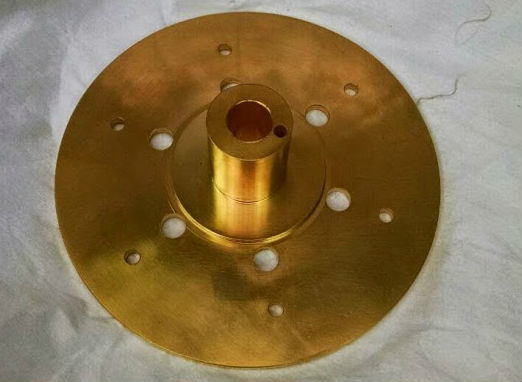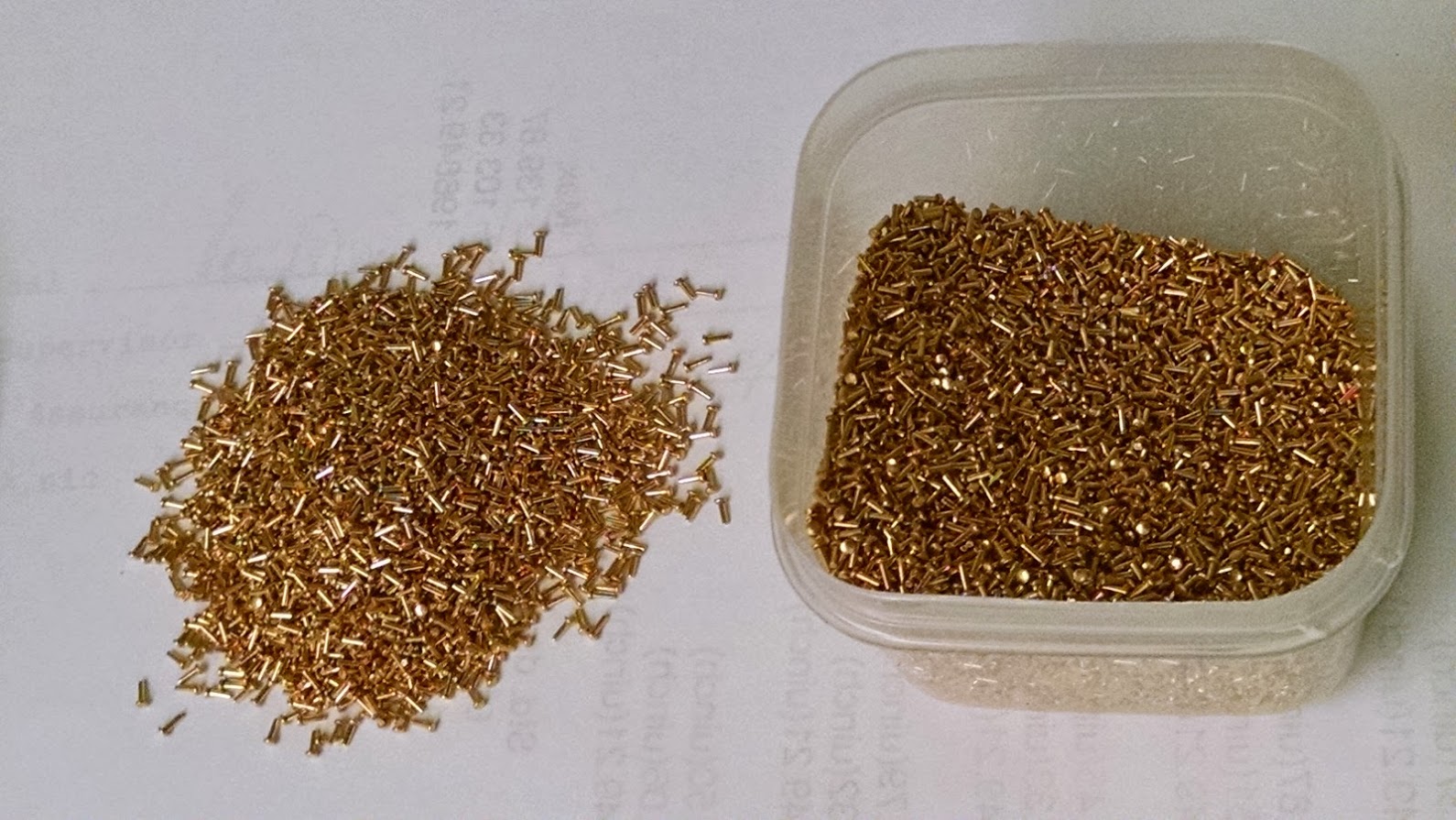When it comes to electroplating, gold plating is typically viewed as the “gold standard” for the industry. Most plating experts agree that if the relatively high cost of gold plating fits your budget, you should make it your first choice. Keep in mind the increased expense of gold plating is often offset by a significant long-term return on your investment in the form of superior corrosion protection and increased longevity of the work piece — not to mention the enhanced aesthetic appeal.
Types of Gold Plating Solutions
Formulating the right plating bath for a specific application is paramount in any successful gold plating procedure. Gold plating baths can be broken down into three basic types: alkaline, neutral and acid. Let’s take a closer look at each type:
- Alkaline — An alkaline bath is a non-cyanide solution with a pH level ranging from 9.0 to 13.0. Sodium gold sulfite serves as the source of the gold metal ions that are deposited onto the surface of the substrate. The resulting gold deposit will be bright and hard, and it will feature a fine-grained structure. Benefits of an alkaline solution include a reduction of the co-deposition of base metals and good macro and micro throwing power. The addition of complexing agents such as sodium EDTA and sodium hydroxide can improve throwing power and enhance electrical conductivity.
- Neutral — Neutral gold plating solutions fall in the 6.0 to 8.0 pH range. The actual bath composition can be altered to produce a finish ranging from matte to bright. Neutral baths are often the preferred choice for plating ceramic or plastic substrates, as there is no free cyanide in the solution that could attack and possibly damage these delicate surfaces. The use of chelating agents is essential when plating with a neutral gold solution in order to prevent the deposition of metallic impurities.
- Acid — An acid gold plating bath features a low pH ranging from 3.0 to 6.0. Acid baths provide the purest gold deposits – they can be up to 99.999 percent pure. Acid gold baths offer the benefit of easy alloy formation with other base metals. However, the addition of complexing agents can prevent co-deposition if desired, as well as eliminate metal impurities. As with neutral baths, acid gold baths will not attack plastic or ceramic substrates. The addition of brighteners can also alter the color of the gold finish — possibilities range from pale yellow to violet.
Contact Sharretts Plating Company to Learn More About Gold Plating Solutions
SPC has been a leading gold plating innovator and metal finishing solutions provider since 1925. We can work with you to determine the best gold plating bath composition for your applications and budget. Contact us for more information about the benefits of gold plating.






